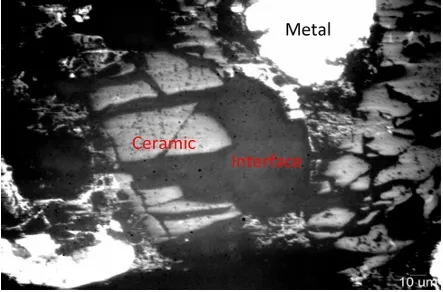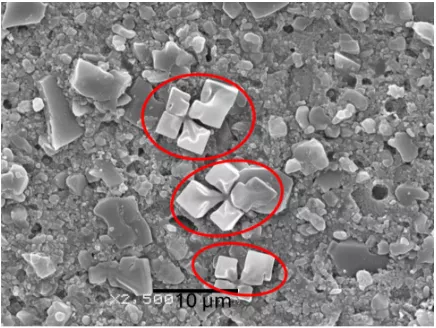Abstract: The photosensitive resin system affects the shrinkage rate in the molding process of the photocurable 3D printing ceramic components and the stress in the degreasing process. In this paper, three resin systems, including the monofunctional resin with ring structure, the trifunctional resin and the multi-component resin with the introduction of prepolymer and diluent, were designed. The shrinkage rate of the three resin systems was tested. The research shows that the resin system with the introduction of prepolymer and diluent has the lowest curing shrinkage rate, which effectively alleviates the problem of cracking of 3D printed alumina ceramic blank caused by curing reaction shrinkage. The thermal decomposition behavior of three resin systems was studied by thermogravimetric analysis and heat treatment experiments. The multi-component resin system has the characteristics of staged pyrolysis. The photosensitive aluminum oxide slurry was prepared by using this resin system, and the photocuring printing parameters and degreasing atmosphere were optimized. The 3D printing thick wall solid (12 mm×12 mm×12 mm) samples and large sizes (ϕ80 mm×50 mm) aluminum oxide ceramic green body are both degreased without cracks.
Key words: vat-photopolymerization 3D printing, photosensitive resin, thick-walled structure, low-stress degreasing, ceramic component, low shrinkage
Declaration: This article is provided by CERADIR™ users or obtained from Internet, the content does not represent the position of CERADIR™. We are not responsible for the authenticity/accuracy of the article, especially the effects of the products concerned. This article is for study only, it does not constitute any investment or application advice. For reprinting, please contact the original author. If it involves the copyright and/or other issues, please contact us and we will deal with it asap! CERADIR™ has the interpretation of this declaration.







